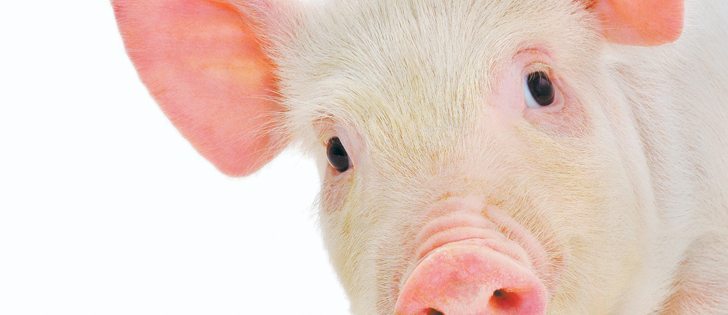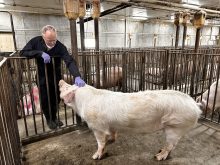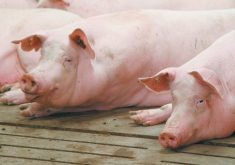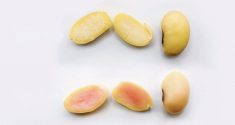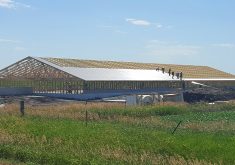Farms at risk | Increasing feed costs, import restrictions and a surging loonie cripple hog production
Canada’s hog industry, hit by a 60 percent increase in feed costs, import restrictions into the United States and a strong Canadian dollar, is appealing for government help.
Soon.
“We already have lost 30,000 sows from the herd in Manitoba and if this isn’t reversed, the cobwebs will be rolling into barns with the spiders,” said Canadian Pork Council first vice-president Rick Bergmann.
He said hundreds of farms are at risk and the processing infrastructure in Manitoba is in jeopardy if governments do not move quickly to improve programs to get help to hog producers.
Read Also
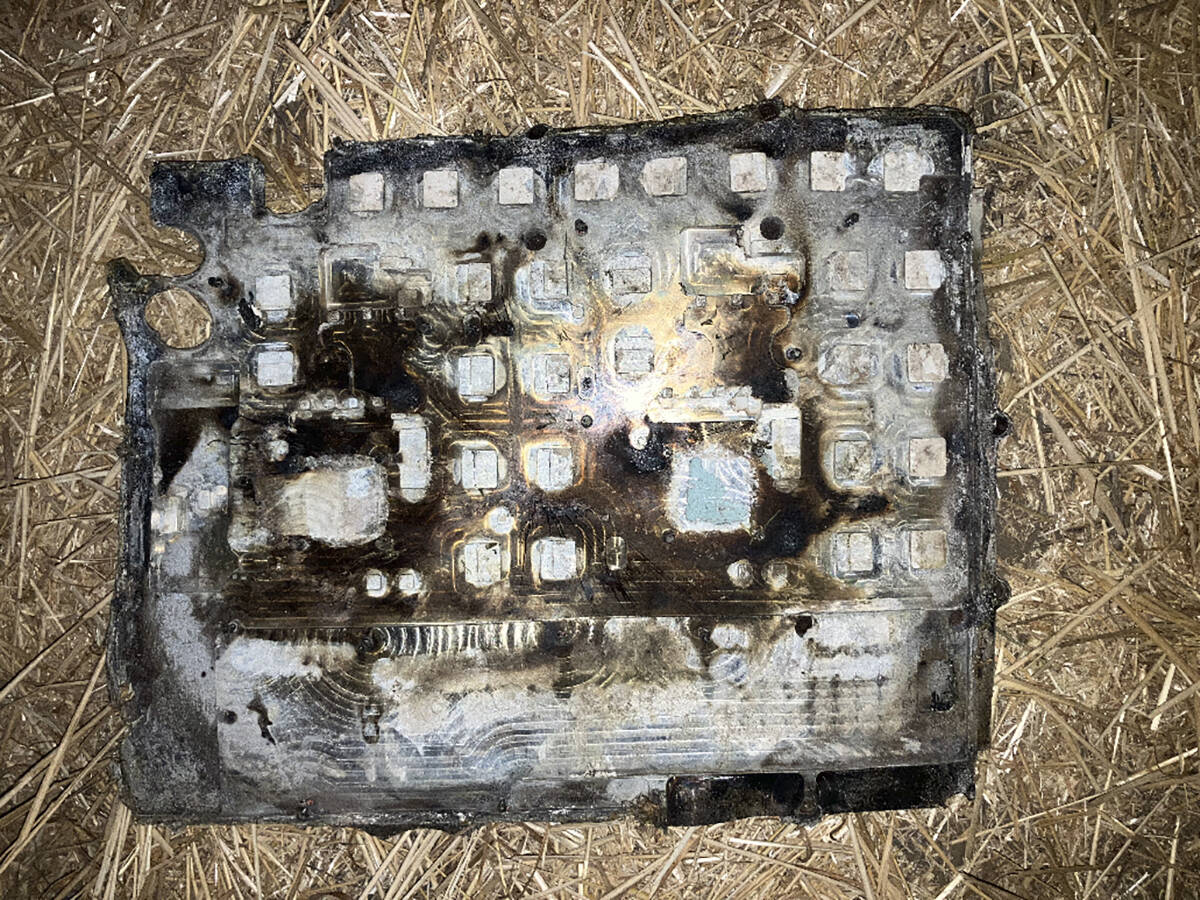
Farmers asked to keep an eye out for space junk
Farmers and landowners east of Saskatoon are asked to watch for possible debris in their fields after the re-entry of a satellite in late September.
“I talked to a lot of people (after pork council national meetings in Ottawa last week) who told me that a lot of farmers are on the edge of the cliff,” said Bergmann. “I really do think if we want to keep a $9 billion industry, governments have to act now.”
For example, he said the government should consider raising or lifting caps on program payments to what are often large hog operations.
However, it was a week of mixed messages from the hog industry about what governments should do.
On Oct. 24, the federal government issued news releases tailored to each region urging hog producers to take advantage of existing government programs including AgriInvest, AgriStability and the Advance Payments Program.
Federal agriculture minister Gerry Ritz and provincial ministers urged producers to use the programs. The announcement said Agriculture Canada and lenders are extending the interest-only portion of the Hog Industry Loan Loss Reserve Program for producers who cannot meet their earlier payback requirements.
Pork council chair Jean-Guy Vincent seemed to agree. The government statement included a comment from him that “these are the recommended programs that producers can currently access to address liquidity pressures.”
He said other measures may be needed.
However, with years of losses, hog industry leaders have been arguing that AgriStability does not work for the industry because it requires a history of profit margins against which to judge current income drops.
A day after the government comment, the pork council issued a statement calling for more decisive government action.
“We have a lot of challenges and government has developed programs, but we are saying they do not work,” said Bergmann.
The council statement said a large industry is in jeopardy.
“It was clear to me from this meeting that provincial hog producers expect (the) federal government to adjust existing programs and not put at risk the entire pork value chain complex,” Vincent was now saying.
Bergmann said the industry understands that the call for government help must be balanced against the need to not trigger trade retaliation because of perceived subsidies.
He said one possible option is to consider AgriRecovery payments because a large part of the hog industry problem relates to the U.S. Midwest drought, which is a natural disaster.
He said part of a longer-term solution is for the politicians and industry to finally develop a “production insurance” program that covers livestock and grain.



